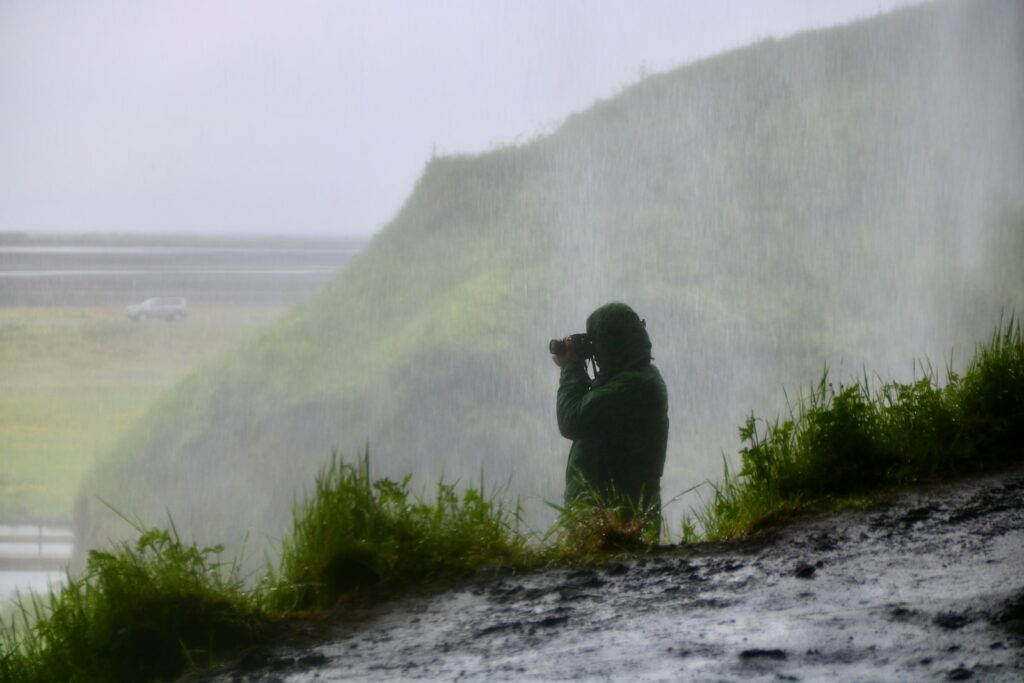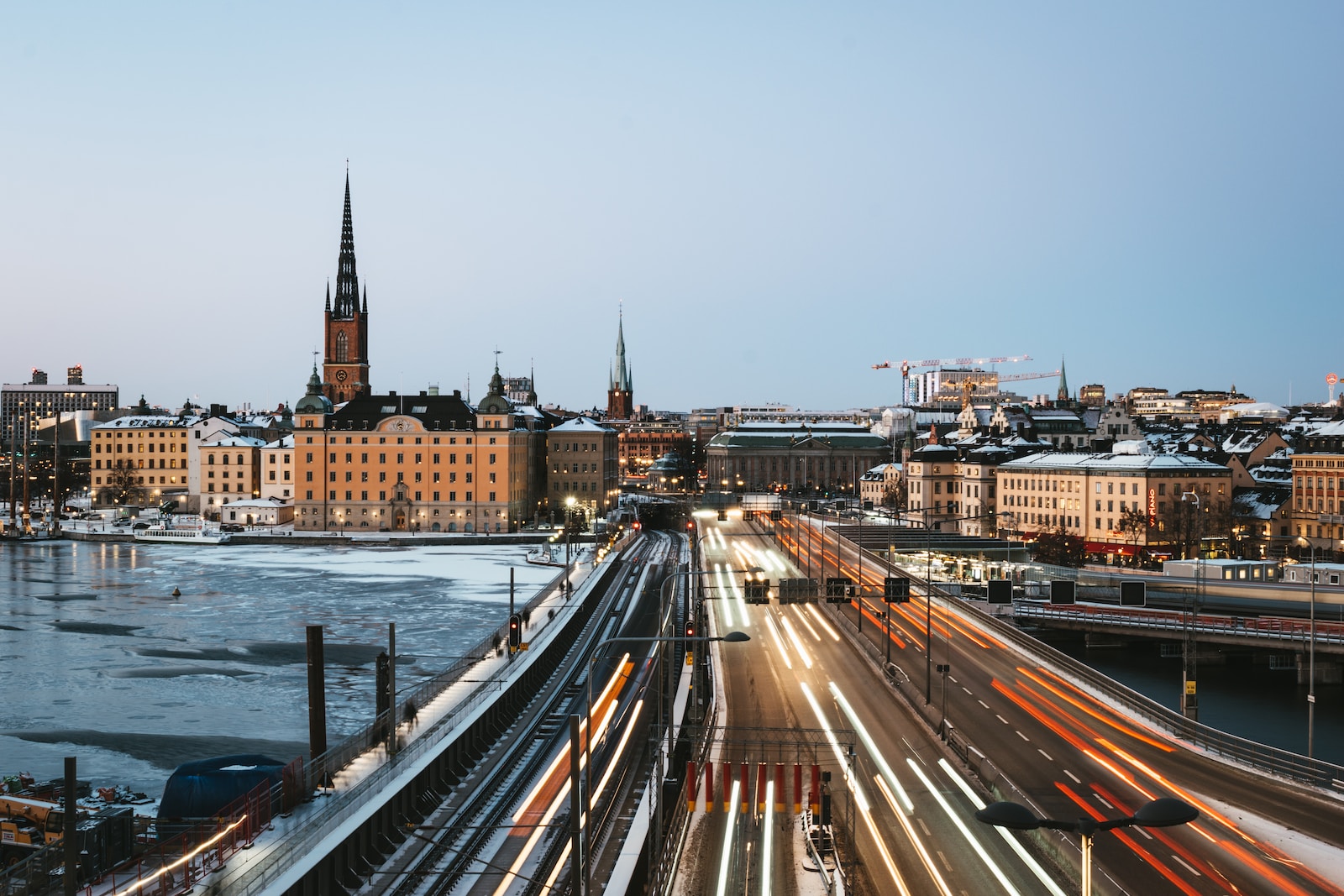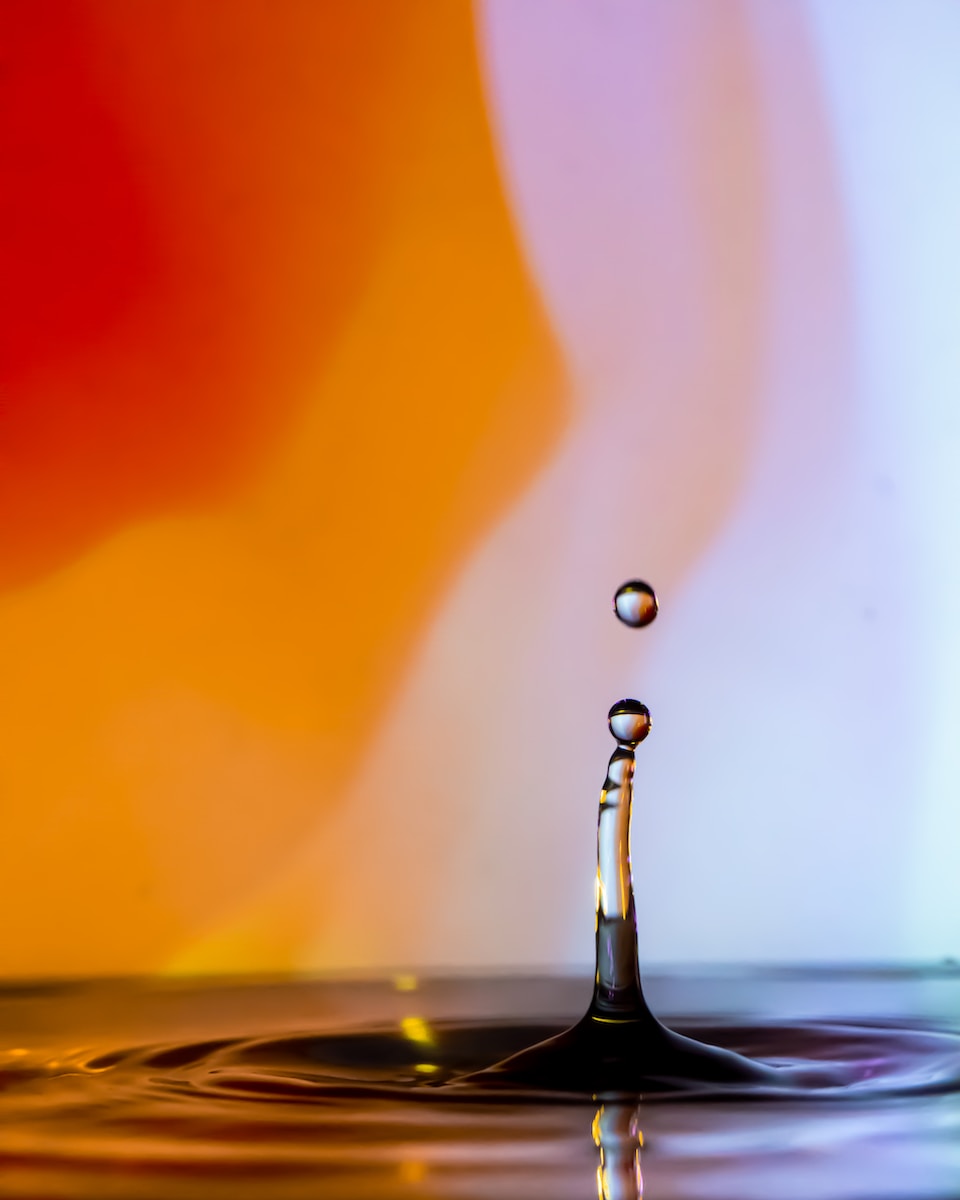Welcome to our blog on Understanding and Experimenting with Scale in Photography! In this post, we will delve into the fascinating world of scale, exploring how this powerful element can completely transform the narrative and perception of your images. Whether you’re a professional photographer or an aspiring enthusiast, understanding the impact of scale and how to utilize it effectively will elevate your photography to a whole new level. So, without further ado, let’s dive in!
Table of Contents
The Power of Scale in Photography
Scale refers to the size and proportion of elements within an image, and how they relate to each other. It plays a crucial role in photography, as it can alter the overall impact, depth, and perspective of a shot. By consciously manipulating the size of subjects or objects within the frame, photographers can create a sense of drama, emphasize certain elements, or establish a visual hierarchy.
Playing with Perspective
Perspective is closely related to scale and can dramatically alter the interpretation of an image. By experimenting with various perspectives, photographers can manipulate scale to give the viewer a unique and engaging experience. Whether it’s capturing a towering skyscraper from a ground-level perspective to emphasize its grandeur or shooting a small object from a bird’s eye view to create a sense of vulnerability, perspective allows us to play with scale and challenge the viewer’s perception.
Composition Techniques to Enhance Scale
Composition is another vital aspect of photography that can be utilized to enhance the impact of scale. By carefully arranging the elements within the frame, photographers can draw attention to specific subjects and create a visual narrative that emphasizes the scale. Techniques such as the rule of thirds, leading lines, and framing can guide the viewer’s gaze, giving them a clear understanding of the scale and its significance within the image.
Understanding Visual Weight
Visual weight refers to the perception of an object’s importance within an image. It is influenced by various factors, including size, shape, color, and placement. By manipulating the visual weight of subjects or objects, photographers can create a sense of scale and hierarchy. Placing a small subject against a vast, empty background can make it appear more significant, while placing a large subject alongside smaller objects can create a striking contrast.
Experimenting with Scale in Different Genres of Photography
Scale plays a crucial role in various genres of photography, from landscape and architecture to portrait and macro photography. In landscape photography, capturing a tiny figure against a vast natural landscape can convey a sense of awe and grandeur. In architecture photography, emphasizing the scale of buildings through unique angles and perspectives can evoke a deeper appreciation for their design and magnitude. Exploring scale in different genres opens up endless possibilities for creative expression.
The Impact of Scale on Narrative
The scale can have a profound impact on the narrative and storytelling aspect of a photograph. It can evoke emotions, set a mood, and communicate a particular message. A small subject in a vast landscape might symbolize insignificance or solitude, while a larger-than-life subject might represent power and dominance. Understanding how to effectively incorporate scale into your compositions allows you to create images that tell a compelling story and leave a lasting impression on the viewer.
Experimenting with Scale: Tips and Techniques
To truly harness the power of scale in photography, experimentation is key. Here are some tips to get you started:
- Play with perspectives by shooting from different angles and heights.
- Experiment with different focal lengths to alter the perceived scale.
- Use contrasting sizes to create a visual impact.
- Consider the placement and arrangement of elements to establish visual hierarchy.
- Explore unconventional scales to challenge the viewer’s perception.
Remember, there are no set rules when it comes to scale in photography. It’s all about discovering what works best for your unique vision and artistic style. So, grab your camera, step out of your comfort zone, and start experimenting with scale to unlock new dimensions in your photography!
Renowned photographer Andreas Gursky's photograph "Rhein II" sold for a whopping $4.3 million, making it the most expensive photograph ever sold at auction.
Understanding the power and impact of scale in photography is essential for any photographer looking to take their skills to the next level. By consciously manipulating scale, experimenting with perspective, and utilizing composition techniques, you can completely transform the narrative and perception of your images. So, go out there and embrace the world of scale in photography – the possibilities are truly endless!
Understanding and Experimenting with Scale in Photography
Scale is a powerful element in photography that has the ability to completely transform the narrative and perception of an image. By manipulating the scale of objects within a photograph, photographers can create a sense of depth, drama, and even playfulness. In this blog post, we will explore the concept of scale in photography and discuss various techniques that can be used to experiment with it.
The Power of Scale: Changing Perspectives
Photography is all about capturing moments and telling stories, and scale can greatly contribute to this process. By changing the perspective and relative size of objects in a photograph, you can instantly alter the way viewers perceive the scene. For example, photographing a tiny flower against the backdrop of a towering mountain can create a sense of awe and grandeur. Alternatively, capturing a towering skyscraper from a low angle can make it appear even more imposing and impressive.
Understanding scale allows you to have control over the visual impact of your images. It enables you to highlight certain elements, create depth, and evoke specific emotions in your viewers. By experimenting with scale, you can add a new dimension to your photography and convey your intended message more effectively.
Composition Techniques: Playing with Proportions
When it comes to manipulating scale in photography, composition techniques play a crucial role. Here are a few techniques you can use to experiment with scale:
- Forced Perspective: This technique involves placing objects at different distances from the camera to create an optical illusion. By cleverly positioning objects in the foreground or background, you can create a sense of scale and depth. For example, using a wide-angle lens and positioning a subject closer to the camera can make it appear larger than it actually is.
- Scale Repetition: By including objects of different sizes in a composition, you can emphasize the contrast in scale. This technique works well in street photography or architectural photography, where you can juxtapose humans against towering buildings or tiny objects against a vast landscape.
- Size Relationships: Consider the relationships between objects in your frame when capturing images. Placing a small subject next to a larger one can create a sense of scale and emphasize the size difference. This technique is particularly effective in macro photography, where you can highlight intricate details by contrasting them with a larger or more recognizable object.
- Using Props: Including props or familiar objects can give viewers a point of reference to understand the scale within your photograph. For example, placing a person next to a giant lollipop can instantly convey the enormous size of the confectionery.
- Foreground Elements: By including foreground elements that are closer to the camera, you can create a sense of depth and scale in your images. This technique can provide a visual anchor and lead the viewers’ eyes into the scene.
Experimenting with scale in photography can be both challenging and rewarding. It requires careful consideration of composition, perspective, and the desired message you want to convey. By understanding the power of scale and employing various techniques, you can take your photography to new heights and create captivating images that leave a lasting impact on viewers.

Frequently Asked Questions
1. What is scale in photography?
Scale in photography refers to the relative size and proportion of the objects or subjects within an image. It can be used to create a sense of depth, dimension, and perspective.
2. How does scale impact the narrative of a photograph?
Scale has the power to completely change the narrative and perception of a photograph. By manipulating the size of the subjects, you can emphasize certain elements or create a sense of dominance, isolation, or intimacy.
There are several composition techniques that involve scale, including:
- Size Contrast: Using variations in size to create visual interest and highlight specific subjects.
- Forced Perspective: Manipulating scale to create optical illusions and make objects appear larger or smaller than they actually are.
- Foreground Elements: Including objects or subjects in the foreground to provide a sense of scale and add depth to the composition.
- Leading Lines: Utilizing lines or pathways that converge in the distance to guide the viewer’s eye and create a sense of scale and perspective.
4. How can I experiment with scale in my photography?
To experiment with scale in photography, you can try:
- Changing Perspectives: Explore different angles and viewpoints to alter the perceived scale of the subjects.
- Playing with Proportions: Combine large and small objects within the frame to create a sense of contrast and intrigue.
- Using Depth of Field: Experiment with shallow or deep depth of field to emphasize the scale of specific elements in the composition.
- Utilizing Wide-angle or Telephoto lenses: Each lens type can produce different effects on scale, so try experimenting with different focal lengths.
5. How can scale in photography enhance storytelling?
Scale can enhance storytelling by influencing how the viewer interprets and connects with the image. By carefully considering the scale of subjects, you can evoke emotions, convey a sense of grandeur, or emphasize the relationship between objects within the frame.
Wrap Up
Understanding and experimenting with scale in photography can be a game-changer for your images. By considering perspective, composition techniques, and the use of different objects or subjects, you can create visually compelling and impactful photos.
Remember, scale is a powerful tool that can completely change the narrative and perception of your images. So don’t be afraid to think outside the box and play with different sizes, distances, and proportions to tell unique stories.
Now it’s your turn! Have you ever used scale in your photography? Share your experiences, thoughts, or any questions you may have in the comments below. Let’s continue the conversation and inspire each other to push our creativity further!



